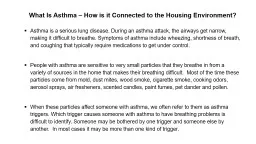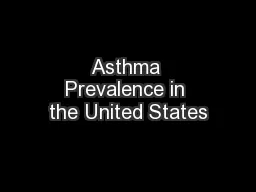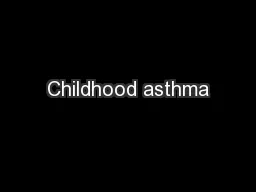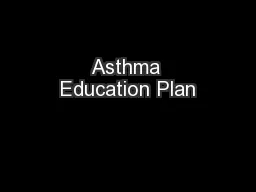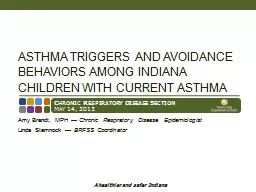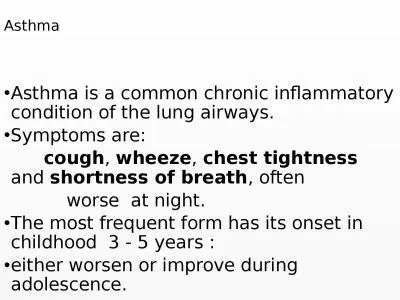PPT-What Is Asthma – How is it Connected to the Housing Environment?
Author : jovita | Published Date : 2022-06-15
Asthma is a serious lung disease During an asthma attack the airways get narrow making it difficult to breathe Symptoms of asthma include wheezing shortness of breath
Presentation Embed Code
Download Presentation
Download Presentation The PPT/PDF document "What Is Asthma – How is it Connected t..." is the property of its rightful owner. Permission is granted to download and print the materials on this website for personal, non-commercial use only, and to display it on your personal computer provided you do not modify the materials and that you retain all copyright notices contained in the materials. By downloading content from our website, you accept the terms of this agreement.
What Is Asthma – How is it Connected to the Housing Environment?: Transcript
Download Rules Of Document
"What Is Asthma – How is it Connected to the Housing Environment?"The content belongs to its owner. You may download and print it for personal use, without modification, and keep all copyright notices. By downloading, you agree to these terms.
Related Documents

